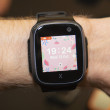Review: Alcatel Idol 4S with Windows 10
Lock Screen
The Windows 10 lock screen is fairly decent as far as managing incoming alerts is concerned.
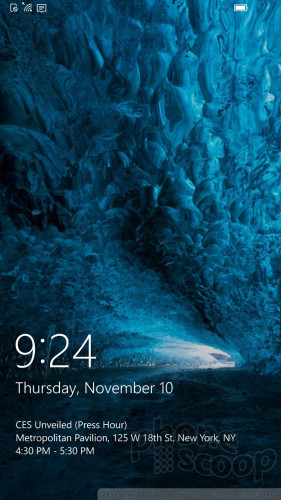
Nothing pops up on its own, so you do need to press the screen lock button or double-press the glass to view any lock screen content. The 4S lock screen shows a large clock, the date, and user-customizable notifications on top of your wallpaper. You can elect to show basic badge count notifications from several apps (email, calendar, phone, messaging) on the screen. Moreover, you may prioritize one of these on the lock screen. I've always prefered prioritizing the calendar app because it highlights my next event.
You can choose whether or not the Action Center is accessible from this screen. The Action Center (which is similar to Android's Quick Settings menu) drops down for access to certain controls and in-depth notifications. I like that you can respond to notifications directly from the Action Center.
The Idol 4S for Windows includes a fingerprint sensor. The Windows software will walk you through the process of adding fingerprints and it's fairly painless. The reader is quick and accurate. If you're not interested in the fingerprint sensor, you can choose a PIN or password to secure the phone instead. The fingerprint reader is the fastest way to unlock the phone as long is you're already holding the device in your hand. If the Idol 4S is sitting on a table or desk you have to double tap the screen, swipe up the notifications, and enter your PIN.
Home Screens
Windows 10 Mobile runs on the Idol 4S as it does on all other Windows handsets. It includes dynamic Live Tiles on the Start screen, as well as an array of drop-down and slide-over panels for controlling various aspects of the phone.
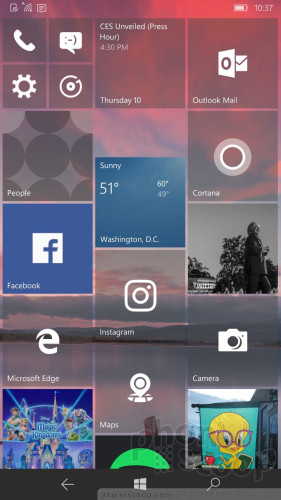
You can arrange the Live Tiles into three columns, and the tiles are available in small, medium, and large sizes. Many of the Live Tiles update automatically with content and notifications, while others are just simple app icons. I like that you can manage the transparency of the tiles as well as their color. The Start screen, arranged in an unending vertical column, supports folders, changing wallpapers, and so on.
The full app menu is a long list of apps sorted alphabetically in a single column. A search bar at the top is the quickest way to find apps if you have dozens or more installed.
The system settings are broken down into groups and each group clearly spells out what controls or tools are within. As in the app menu, a search bar makes finding individual settings a breeze. You can make all the typical adjustments to the phone, such as colors, themes, ringers and alert sounds, and so on. It's all fairly easy to digest.
The Idol 4S is the fastest Windows 10 device I've used. The Snapdragon 820 processor and 4 GB of RAM are more than enough power for this handset, especially considering the full HD screen. It's like Alcatel put a Ferrari engine into a Ford. The Idol 4S performed smoothly across the board and never felt sluggish.
Camera
The dedicated camera button is configurable. You can double press to open the camera from the lock screen, or set it to launch and fire off a shot. Once pressed, the camera launches quickly. The 4S uses the default Windows 10 app, which is straightforward and easy to use.
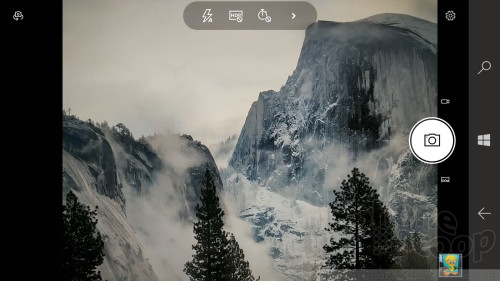
There are only three basic shooting modes: camera, video, and panorama. You can program the camera button to take single images, or fire a burst / shoot video with a long press. You can touch the image to lock in focus, but you always have to use the shutter button to capture images.
A small strip adorns the top of the viewfinder and holds the controls that let you switch to the user-facing camera, toggle through the flash settings, and turn HDR on or off (there's no “auto” HDR setting). The strip expands to reveal the Pro shooting tools, which include full manual controls. When in Pro mode, you can manage white balance, exposure, ISO, brightness, and focus all on your own. Sadly, shutter speeds are limited to 0.6 seconds at the slowest, which limits creative potential. A timelapse function is available from within the settings tools.
Beyond these tools, there are no other shooting modes included. For example, there's no bokeh, no filters, no sport mode, no night/evening mode, etc. However you can download Lenses — which add back some of these features — from the Windows Store. (Sadly, Microsoft's Lumia-branded Lenses are off-limits.)
The camera performs well, thanks to the Snapdragon 820 chip. It takes but an instant for the phone to focus, capture images, save them, and get ready to shoot another images. Shooting with HDR takes a lot longer compared to other phones I've tested lately.
Photos
Alcatel gave the Windows 4S a 21-megapixel Sony Exmor camera sensor, quite a bump over the 16-megapixel shooter in the Android version. The camera app defaults to the 16:9 aspect ratio, which crops images to a lower resolution. You need to change the setting to 4:3 to get the full pixel count.
In general, the Windows 4S takes sharper images than the Android 4S and dramatically better pictures than any other Windows phone I've reviewed this year. As sharp as the pictures are, exposure and white balance could both be a bit more consistent. The 4S has a little bit of trouble with low-light scenes, and the HDR function didn't produce results that are as dynamic as other phones I've tested recently. There's no doubt the Idol 4S is a good option for Windows Phone users.
The 8-megapixel selfie cam does a decent job, too. It doesn't offer any features other than a selfie flash (screen burst). Using the flash helps a LOT when taking selfies indoors. I highly recommend it.
Selfie

The phone can capture video up to 4K, but you'll be best served by sticking with full HD. The phone struggled a bit when recording 4K footage and got really, really warm. The 4K results look okay, but not significantly better than full HD footage.
Bottom line: the Idol 4S with Windows is a solid everyday shooter.
T-Mobile / Microsoft Stuff
T-Mobile kept the bloatware to a minimum. In fact, the T-Mobile account management app is the only T-Mobile app pre-installed. Some third-party apps such as Uber are on board, but Windows allows you to delete most unwanted apps with ease.
Perhaps most importantly, the 4S supports Continuum, which allows it to serve as a full Windows 10 PC when connected to the appropriate set of accessories. I tested it with my Continuum hub and found performance to be on par with the Lumia 950. That means the device is a serviceable PC substitute, but it's not the best experience on earth. Specifically, apps felt a bit slow in Continuum mode. Screen transitions were also a bit laggy here and there. You can still get away with using the Idol 4S as a full computer, but I'd shy away from processor-intensive tasks like gaming. You'll be pleased as long as you stick to simple browsing or document editing.
Microsoft's Office productivity suite is on board, and includes Word, Excel, PowerPoint, OneNote, and OneDrive. The apps are excellent for making quick edits or creating new documents. OneDrive automatically syncs everything so your files are accessible from anywhere. The utility of these apps cannot be understated. They're fantastic. The same goes for the Outlook email app, and the Edge browser. Let's not forget the Cortana voice assistant, which gets smarter every day.
VR
The Idol 4S with Windows is the first Windows handset to ship with a VR viewer. In truth, it's the exact same viewer Alcatel offered with the Android Idol 4S. There is a good selection of VR content aboard the phone, but none of it is very good.
I was displeased with the VR experience as a whole. The viewer itself is fine, but the apps and performance of the phone in the headset simply don't match what's available to Android devices. The lower screen resolution hurts the most, but so does the lack of compatibility with known and trusted VR apps/services from Google, like YouTube VR. Right now, all my favorite VR content is that which I've shot myself using the Google Cardboard camera. None of that is accessible to the Idol 4S with Windows.
Alcatel worked with Microsoft to shoehorn VR content onto this device. Who knows what Alcatel's commitment will be to keeping this content fresh and updated.
In other words, don't buy the Idol 4S with Windows for the VR experience.


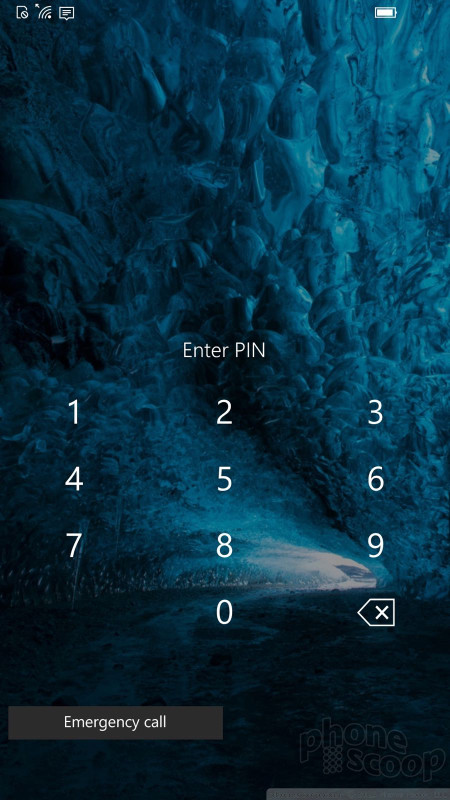




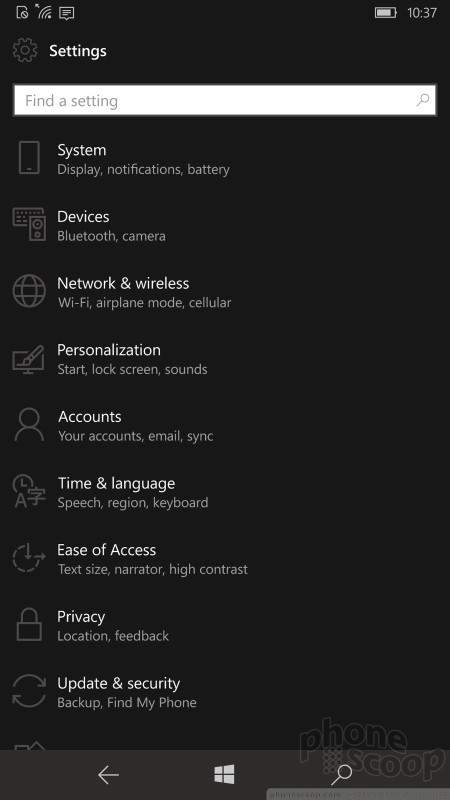










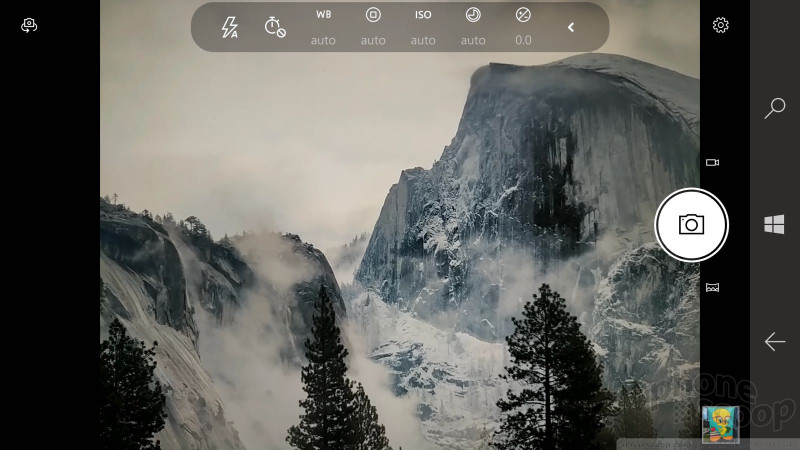







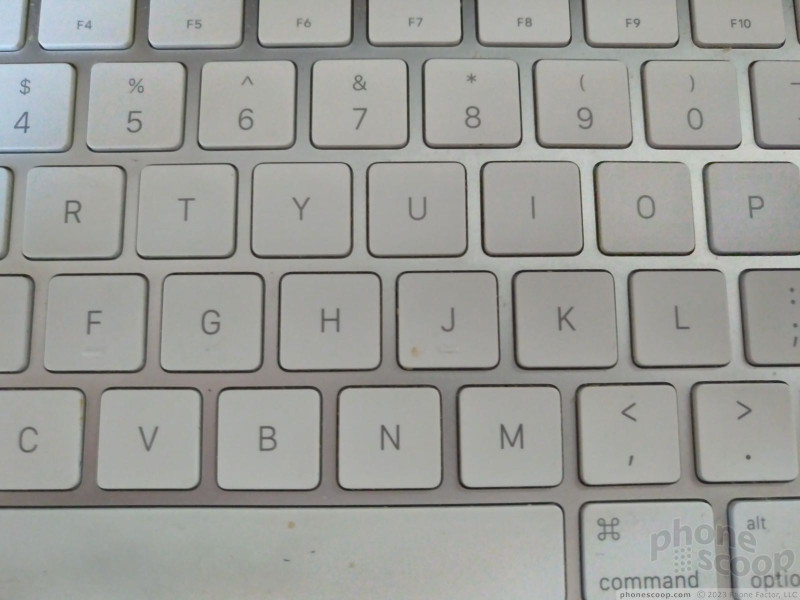
















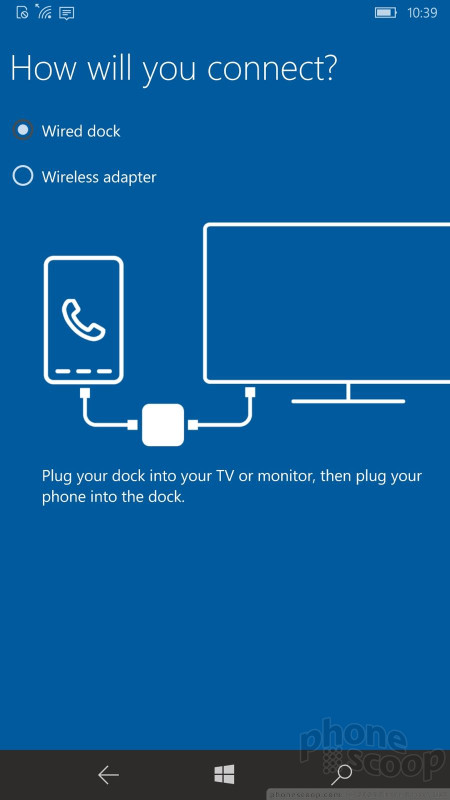





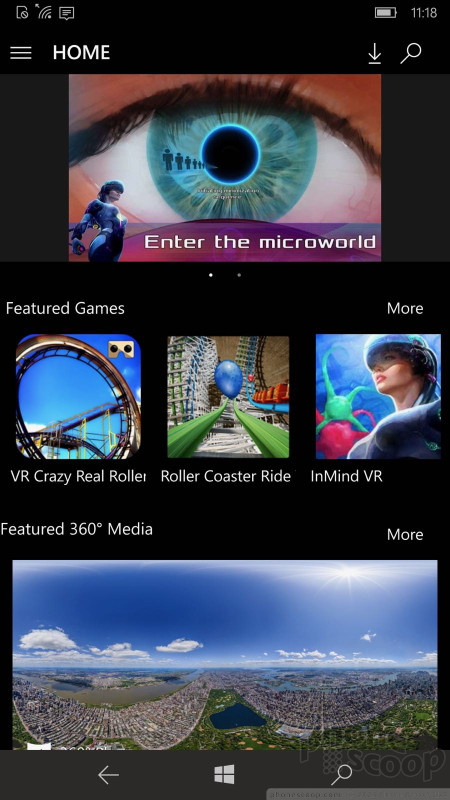





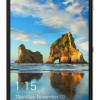 Alcatel Idol 4S with Windows Now Available Unlocked
Alcatel Idol 4S with Windows Now Available Unlocked
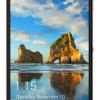 Alcatel Makes the Idol 4S with Windows Official
Alcatel Makes the Idol 4S with Windows Official
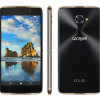 T-Mobile Outs Windows 10 VR Phone From Alcatel
T-Mobile Outs Windows 10 VR Phone From Alcatel
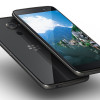 BlackBerry DTEK60 Boasts Fingerprint Sensor and Top Specs
BlackBerry DTEK60 Boasts Fingerprint Sensor and Top Specs
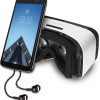 Alcatel Adds Fingerprint Reader to Idol 4S, Selling Bundle for $350
Alcatel Adds Fingerprint Reader to Idol 4S, Selling Bundle for $350
 Alcatel Idol 4S with Windows 10
Alcatel Idol 4S with Windows 10



